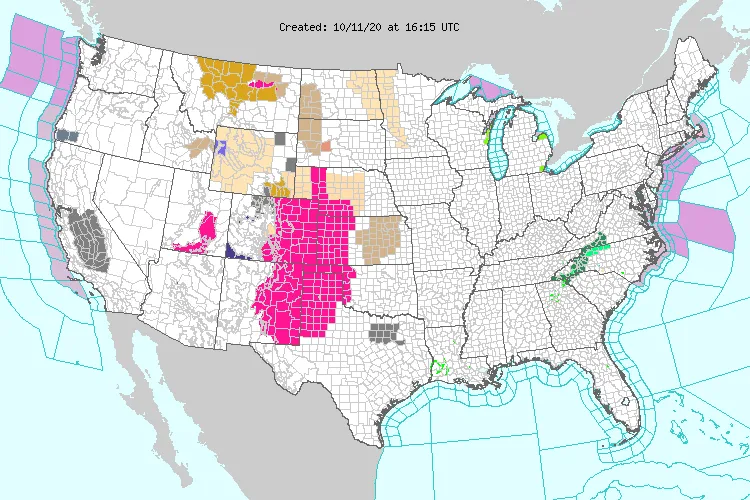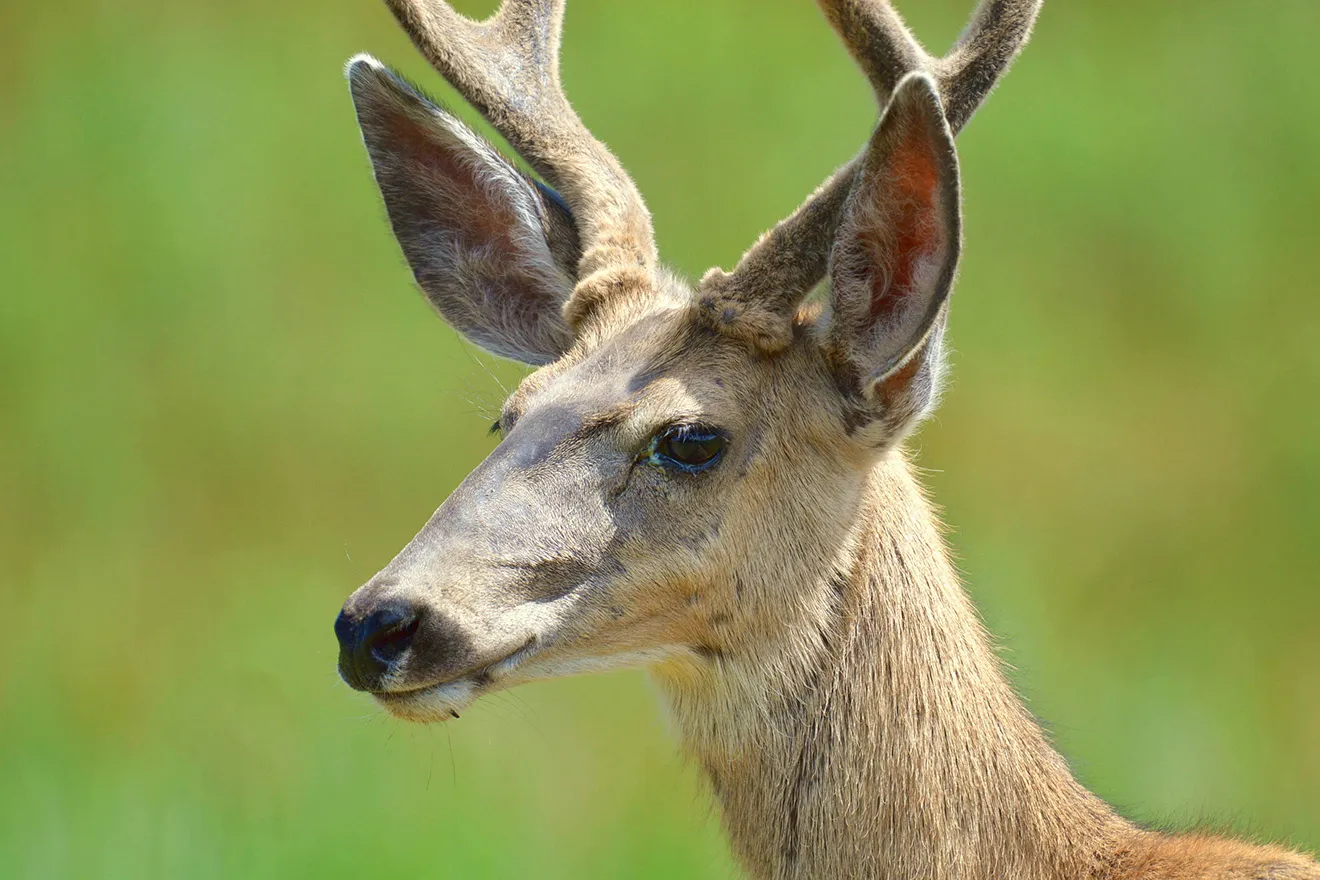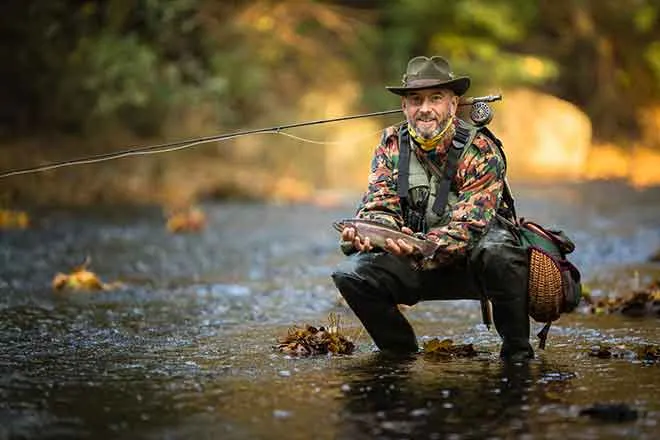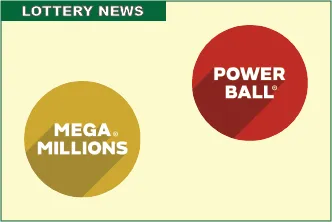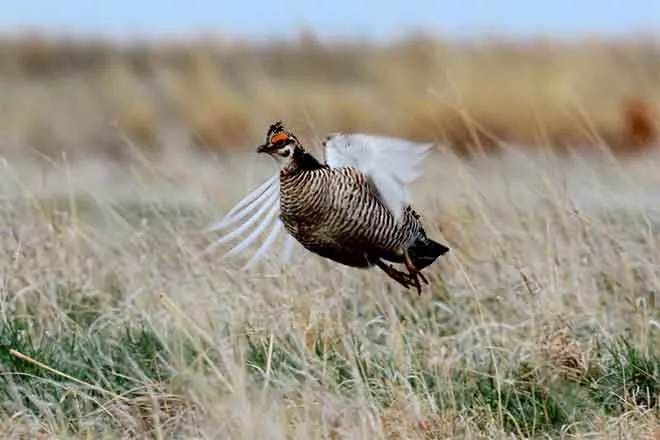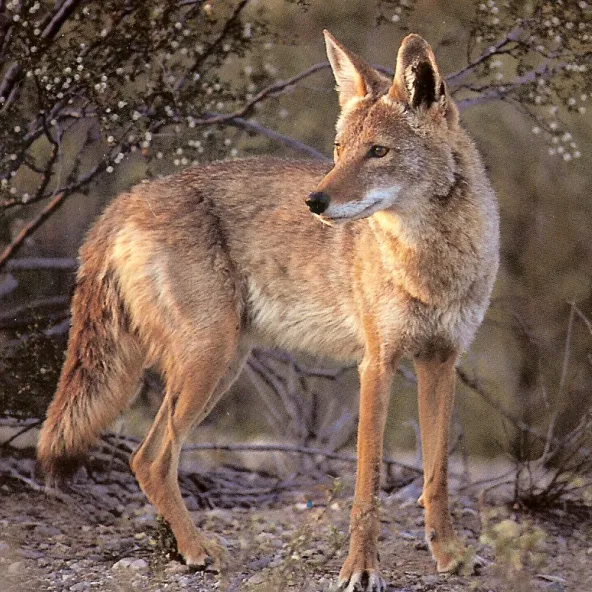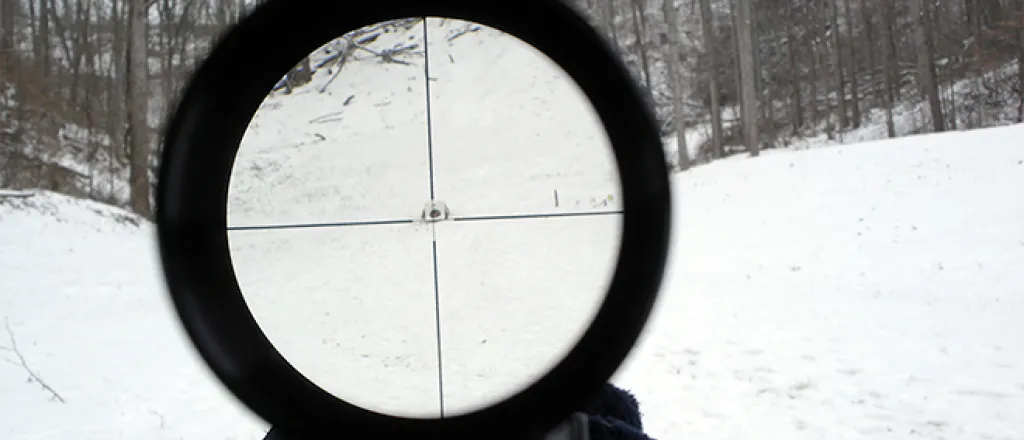
Hunting Tips - Hunting and Wildlife Management in Colorado
Hunting provides tens of thousands of people in Colorado a unique recreational experience. But hunting goes far beyond the realm of recreation--it also provides an important wildlife management tool.
When few humans roamed the Rockies and the Great Plains more than 150 years ago, wildlife could move over hundreds of thousands of square miles of open range. But while wild critters still have room to move around in Colorado, their interface with humans requires the attention of professional wildlife managers.
"Wildlife management covers a wide range of issues," explains Ron Velarde, northwest regional manager for Colorado Parks and Wildlife. "We look at wildlife populations, winter range protection, human/wildlife conflicts, law enforcement and more."
The first wildlife managers worked to protect wildlife populations. In the late 1800s, many game animals and birds were nearly wiped out by market hunters and pioneers who hunted to provide basic sustenance. Fortunately, conservation-minded hunters helped pass wildlife laws that restricted hunting and fishing. Those laws, many of which still hold today, set seasons, methods of take, bag and possession limits and other restrictions. Those laws proved critical to restoring deer, elk, trout, wild turkeys, pronghorns, bighorn sheep and many other species.
"Now we can examine important biological issues such as over-population, health of winter range and diseases," Velarde says.
The agency's professional biologists are continually engaged in numerous research projects and all are designed to help maintain healthy wildlife populations. Among the issues wildlife managers study are reproduction, survival rates, migration patterns, habitat and nutritional needs.
"A lot of the work is done on the ground by wildlife officers and biologists who go out into the field to collect data. They go out at every time of year, day and night and in every kind of weather. It's hard, demanding work," Velarde says.
After the information is collected, researchers analyze the data to determine trends and solutions to problems. During the last decade, the advancement of computer modeling and software technology has greatly enhanced researchers' ability to evaluate and use data.
That combination of on-the-ground work and computer analysis helped wildlife biologists recognize in the late 1990s that Colorado's deer population was struggling. In 1999, based on that information, the agency moved to limit the number of deer licenses every year. Deer herds recovered after that action.
In another example from the late 1990s, biologists using improved modeling technology learned that Colorado's elk population was much larger than previously thought. With that information, more licenses for cow elk were issued for a few years and now the elk population is in line with what biologists consider to be suitable to Colorado's habitat. Adhering to sound wildlife management practices, the agency then reduced the number of cow elk licenses in most areas of Colorado.
Wildlife management also includes extensive work to protect non-game species such as river otters, lynx, peregrine falcons, native trout and dozens of others.
"With better technology, we have more tools that allow us to get better results," Velarde says.
Parks and Wildlife also uses high-technology in law enforcement to catch poachers and others who violate wildlife laws. Some of the tools now available to wildlife officers: aerial surveillance, night-vision goggles, DNA analysis, databases of hunting licenses, and cooperative agreements with wildlife agencies throughout the country.
Ambitious wildlife management, however, doesn't come cheap. Fortunately, hunters and anglers are willing to fund this important work through their annual purchases of hunting and fishing licenses. License revenue in Colorado funds about 75 percent of all the agency's wildlife activities.
Professional wildlife management assures that hunting and fishing opportunities will be available 100 years from now, says Velarde.
"In Colorado we have a great heritage of wildlife conservation and hunting tradition," Velarde says, "At Colorado Parks and Wildlife we are working to make sure that continues."


